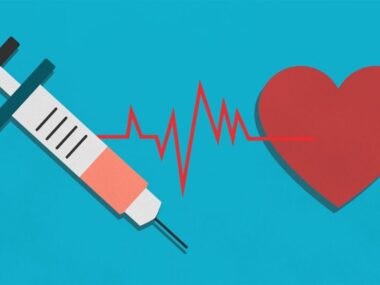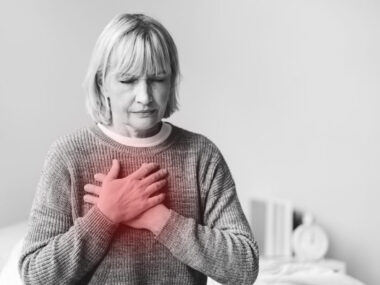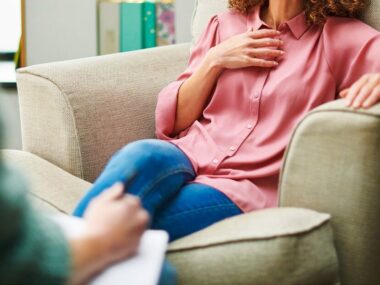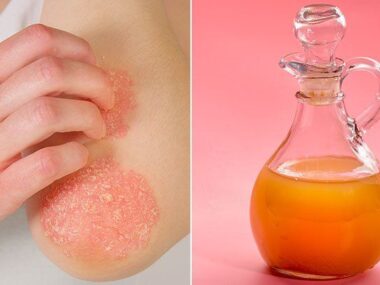Which of the many options available is best for you?
The Candida genus of yeasts (a single-celled fungus) and, most frequently, Candida albicans, are the culprits behind yeast infections.
According to research, 30 percent of pregnant women and roughly 20 percent of other women have C. albicans colonization in their vagina.
Even while this colonization doesn’t result in symptoms, the body’s microbial communities might become out of balance as a result of medications (particularly antibiotics), hormonal changes, and excessive use of feminine hygiene products.
Treatment options for vaginal yeast infections include a wide range of medications.
They come in the form of an antifungal cream, ointment, suppository, or medicated tampon and are available over-the-counter (OTC) or with a prescription. There is also an oral pill available.
Since the symptoms of yeast infections are similar to those of other types of vaginal infections, such as bacterial vaginosis (a bacterial infection of the vagina) and trichomoniasis (a sexually transmitted infection), it is important to get a diagnosis from your doctor before using OTC medications, especially if you’ve never had a yeast infection before.
Medication for Treating Yeast Infections
All common treatments for yeast infections belong to the azole class of antifungal medications. They consist of:
miconazole (Monistat)
clotrimazole (Gyne-Lotrimin)
tioconazole (Vagistat)
butoconazole (Gynazole)
terconazole (Terazol)
Additional prescription treatments, such as steroids to alleviate inflammation of the vaginal opening, may be included with your prescribed medication to help treat your symptoms.
One, three, or seven days are the lengths of the treatments, and they are all equally beneficial. The majority of side effects are minor unless you have an adverse reaction to the drug.
When using creams and suppositories, you shouldn’t use tampons. Condoms and diaphragms should also be avoided since the oil in the anti-yeast infection medications can cause the contraceptives to lose their effectiveness.
It is generally not advised to engage in sexual activity while treating a yeast infection since it may exacerbate symptoms (by irritating your vagina even more) and lead to microtears in your skin that raise your risk of contracting an STD.
Yeast infections can be treated with the prescription drug fluconazole (Diflucan). Fluconazole is not suggested for pregnant women due to a potential danger of damaging the developing baby, however the majority of women just need one dose of the medicine to clear their yeast infection.
Headache, rash, and upset stomach are a few of the moderate and rare adverse effects that fluconazole may produce. Rarely, serious adverse effects like edema, convulsions, and flu-like symptoms can appear.
Lifestyle Changes That Support Medical Yeast Infection Treatment
Certain lifestyle changes can help reduce symptoms while taking medication for a yeast infection and stop symptoms from getting worse. These include:
- Keeping your genital area clean and dry
- Avoiding douching and using scented feminine sprays, fragrances, or powders, which can affect the microbial balance of the vagina (and potentially promote yeast growth)
- Wearing loose-fitting underwear, pants, or shorts to prevent irritation and sweating, which can lead to the growth of more yeast
- Promptly changing out of wet bathing suits or exercise clothing, and washing sweat-covered or wet clothes after each use
- Keeping your blood sugar level under control if you have diabetes
Some Candida Species Are Resistant to Drugs
Despite the fact that azoles effectively treat C. albicans, some Candida species are resistant to these first-line medications.
For instance, C. krusei is totally resistant to fluconazole, while only about half of the C. glabrata strains isolated from recurrent yeast infections are.
Your doctor might advise using nystatin (Mycostatin) vaginal cream or tablets daily for 14 days to treat non-albicans yeast infections.
A yeast infection will often go away with treatment in one to seven days. The course of treatment will vary depending on the product you choose.
If a week is too much for you, you can also try a single dose of fluconazole, a potent oral azole medicine, if necessary.
For the treatment of non-albicans yeast infections, additional antifungals are also available, including amphotericin B (Fungizone) and flucytosine (Ancobon).
Related: Common Types of Vaginal Infections
Common Home Remedies for Vaginal Yeast Infections
Despite the efficiency of over-the-counter and prescription medications, some people may decide to try home remedies for yeast infections, such as:
- Probiotic yogurt and supplements
- Boric acid suppositories
- Tea tree oil
- Garlic
- Douching (especially with vinegar)
However, not all home remedies for yeast infections have been confirmed to be successful because they lack the support of clinical studies.
At the very least, suppositories containing boric acid may be beneficial in treating yeast infections, particularly those brought on by Candida species other than nonalbicans.
Yeast infections are supposed to be treated and prevented by yogurt and supplements that contain Lactobacillus, a “good” bacteria found in the vagina and other places. However, there is conflicting data supporting the bacteria’s usefulness.
The same is valid for garlic pills, which are a natural fungicide.
Related: 8 Things You Should Know About High-Functioning Depression
What Are the Causes of Recurring Yeast Infections?
Recurrent or chronic yeast infections, which affect 5 to 8% of women, are defined as four or more yeast infections in a calendar year.
Although the cause of chronic or recurrent yeast infections in some women is unknown, there are a number of risk factors that can increase your likelihood of developing them, including pregnancy, use of birth control pills, estrogen therapy, frequent use of antibiotics, diabetes, and illnesses that compromise your immune system, notably HIV.
If C. albicans is the source of your recurrent yeast infections, standard treatments are beneficial.
However, other infections are brought on by different species of Candida, such C. glabrata, and these infections may need to be treated with nystatin vaginal cream or tablets, a vaginal gel containing the antifungals amphotericin B and flucytosine, or another medication.





